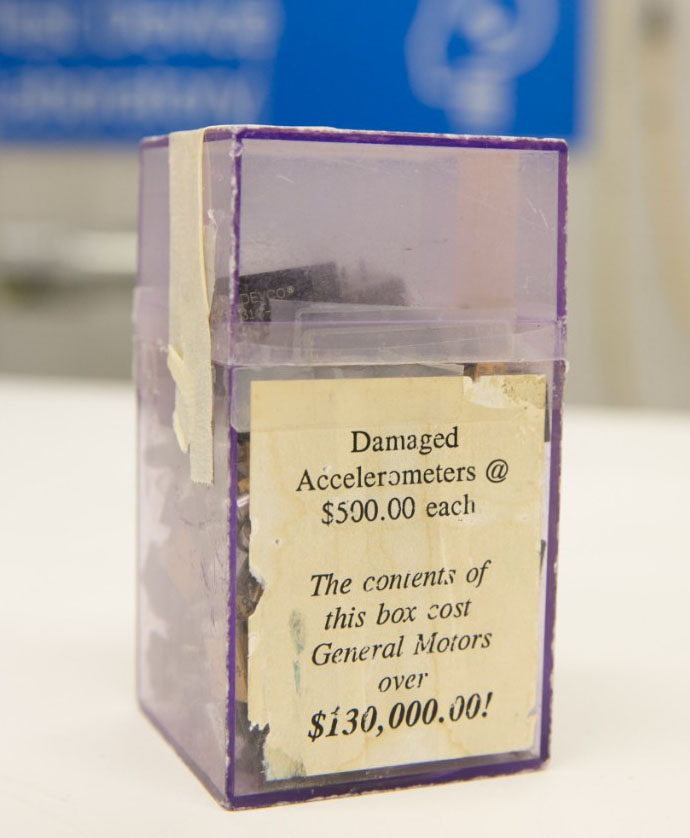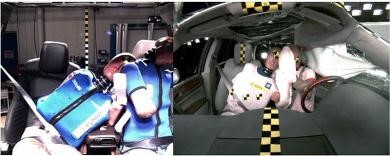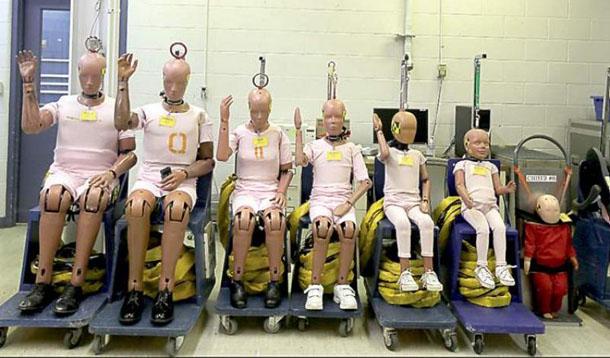
When accidents happen, they’re over before we know it and the results can be frightening just to read, never mind experience. Vehicle safety features are improving every year and manufacturers pride themselves on their safety advances. In fact, they spend millions (dare we say.. billions!) of dollars on research! In every collision, there are 3 stages to it: before, during, and after. We wanted to see how manufacturers are working to protect occupants during a crash, so we took the opportunity to tour some of Chevrolet’s most top-secret test facilities.
![]() 5 Steps To Take After A Car Accident
5 Steps To Take After A Car Accident
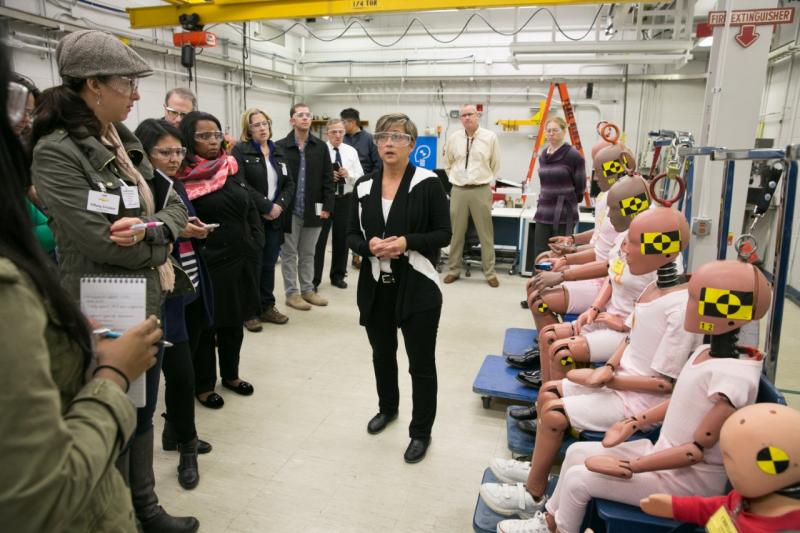
Many, many years ago, human cadavers were used to study the impacts of high-speed collisions. Since then, many other research methods and ‘props’ have been used with the dummies becoming popular in the 70s. During a tour of the General Motors Milford Proving Grounds, we had the chance to meet with the famous Crash Test Dummies. They came in all sizes and weights, almost 200 different dummies – including an adorable little newborn. This allows manufacturers to test impacts on various types of occupants.
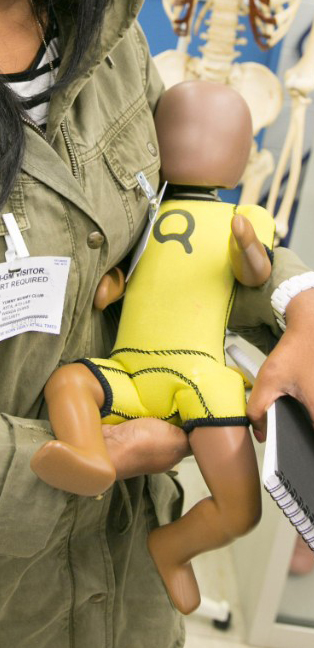
The anthropomorphic test device (ATD), better known as a crash test dummy, is realistic in height and weight and is designed to record data in simulated collisions. All over these dummies are small accelerometers, load sensors, and movement sensors that measure all of the information that safety engineers require to design safer vehicles. These dummies can cost over $400,000 USD each and the accelerometers are not cheap either (~$500 USD each)! We were floored - we had no idea they were that expensive.
